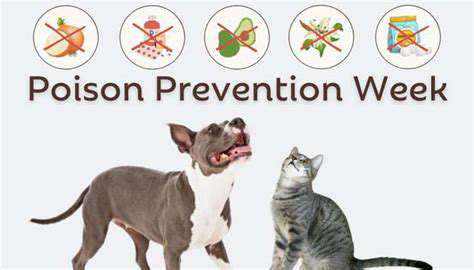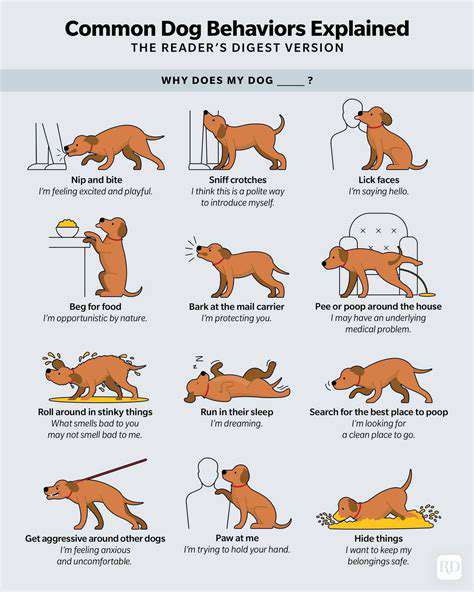How to Care for an Indoor Cat
Creating a Safe and Stimulating Environment
Creating a Safe Space
One of the most vital elements in caring for an indoor cat involves crafting an environment that's both secure and engaging, aligning with their innate behaviors. Felines are naturally curious, so offering diverse textures, varying heights, and cozy hiding spots is absolutely critical for their overall wellness. It's equally important to eliminate potential dangers such as poisonous plants, tiny objects that could be ingested, or items that might cause physical harm. When cats have a hazard-free zone, they're more likely to explore confidently while maintaining lower stress levels.
Thoughtful placement of cat trees, scratching surfaces, and elevated shelves can make a world of difference. These features don't just satisfy climbing instincts - they give cats valuable opportunities to survey their domain from different vantage points, creating a richer daily experience.
Enrichment for Mental Stimulation
Keeping a cat's mind active is equally as crucial as meeting their physical needs. A rotation of engaging toys, food puzzles, and even simple household items like cardboard boxes can tap into their natural predatory sequence. Changing up these items frequently prevents habituation and maintains their novelty value.
Introducing new scents periodically, varying play routines, and creating different interactive opportunities all contribute to a more dynamic living space. This approach significantly reduces the likelihood of problematic behaviors stemming from boredom or frustration.
Hydration Considerations
Access to clean drinking water remains a fundamental requirement for feline health. Multiple water stations placed throughout the home accommodate individual preferences and encourage adequate hydration. Daily refreshing of water and thorough bowl cleaning prevents bacterial contamination while ensuring optimal water quality.
Litter Box Maintenance
Hygiene-conscious by nature, cats demand pristine bathroom facilities. Daily scooping combined with weekly deep cleaning prevents avoidance behaviors and maintains proper elimination habits. The right number of appropriately sized boxes placed in quiet locations supports consistent use.
Safety Precautions
Creating a truly cat-safe home requires diligent hazard assessment. Electrical cords should be secured or concealed, while small objects that might tempt chewing must be removed. Regular safety sweeps help identify new risks before they become problems. Thoughtful space planning ensures cats can access preferred areas while being restricted from dangerous zones containing chemicals or other threats.
Multi-Sensory Environment
Felines thrive in spaces that engage all their senses. Incorporating various textures through different fabrics, adding cat-safe plants, and providing auditory stimulation creates a more enriching habitat. These sensory elements work together to satisfy natural curiosity and prevent environmental boredom.

Veterinary Care and Health Monitoring

Importance of Routine Check-ups
Scheduled veterinary examinations form the foundation of proactive pet healthcare. These visits enable early identification of potential issues, often before clinical signs become apparent. Catching health concerns in initial stages dramatically improves treatment success rates. Preventive measures including immunizations and parasite control represent essential components of comprehensive care.
Nutrition and Dietary Needs
Tailored nutrition plays a pivotal role in animal wellness. Dietary requirements evolve through different life stages and vary by breed and health status. Veterinary guidance ensures pets receive precisely balanced nutrition to maintain ideal body condition and prevent diet-related disorders. Proper food selection supports everything from healthy skin to efficient organ function.
Recognizing and Responding to Symptoms
Attentive owners who notice behavioral changes or physical abnormalities should seek prompt veterinary consultation. Subtle signs like decreased activity, altered eating patterns, or elimination changes often indicate underlying issues. Timely intervention frequently prevents minor concerns from developing into serious conditions. Developing observation skills helps owners become effective healthcare partners.
Preventive Measures for Common Illnesses
Vaccination protocols provide essential protection against numerous infectious diseases. Consistent parasite prevention, including treatments for external and internal pests, maintains a healthier living environment. These proactive measures substantially reduce disease transmission risks while promoting longer, healthier lives. Staying current with preventive care represents one of the most effective health investments.
Monitoring Vital Signs and Body Condition
Regular assessment of basic physiological parameters helps establish normal baselines while facilitating early problem detection. Body condition scoring provides valuable information about nutritional status and potential health changes. These simple monitoring techniques empower owners to participate actively in their pet's healthcare. Recognizing normal versus abnormal findings enables more informed discussions with veterinary professionals.
Read more about How to Care for an Indoor Cat
Hot Recommendations
- Review: [Specific Brand] Small Animal Cage
- Why Rescuing Pets Saves Lives
- Best Pet First Aid Kits [What to Include]
- How to Help Stray Animals in Your Community
- Guide to Adopting a Pet When You Have Kids
- Top Reptile Heat Lamps
- Heartwarming Rescue Stories That Will Inspire You
- Review: [Specific Brand] Bird Cage
- Best Aquarium Filters [2025 Review]
- Review: [Specific Brand] Smart Litter Box
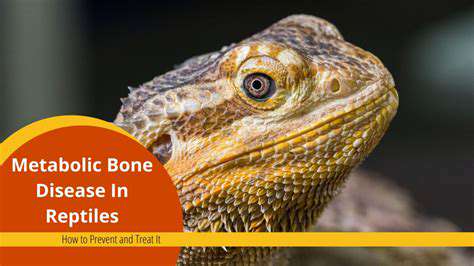
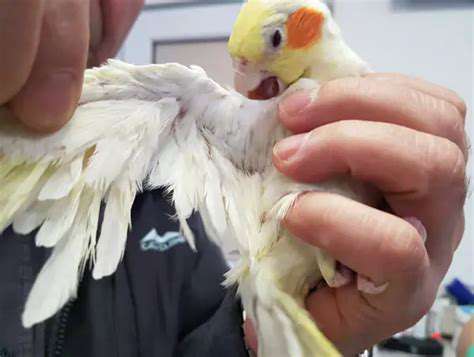
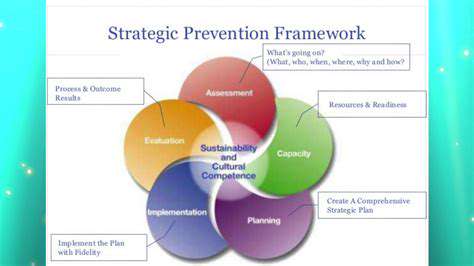


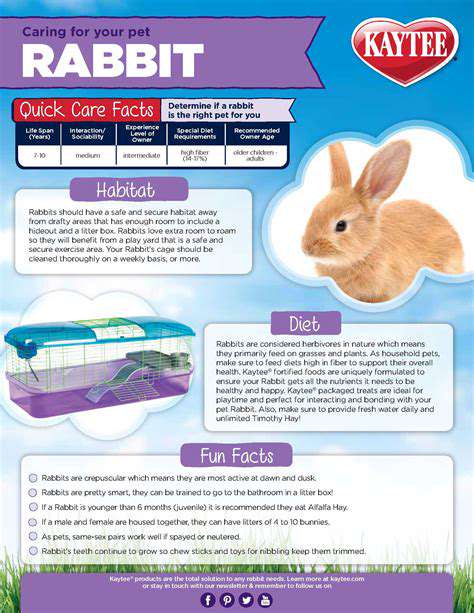

![A Week in the Life of My [Pet's Name]](/static/images/33/2025-05/DinnertimeDelightsandEveningEntertainment.jpg)


